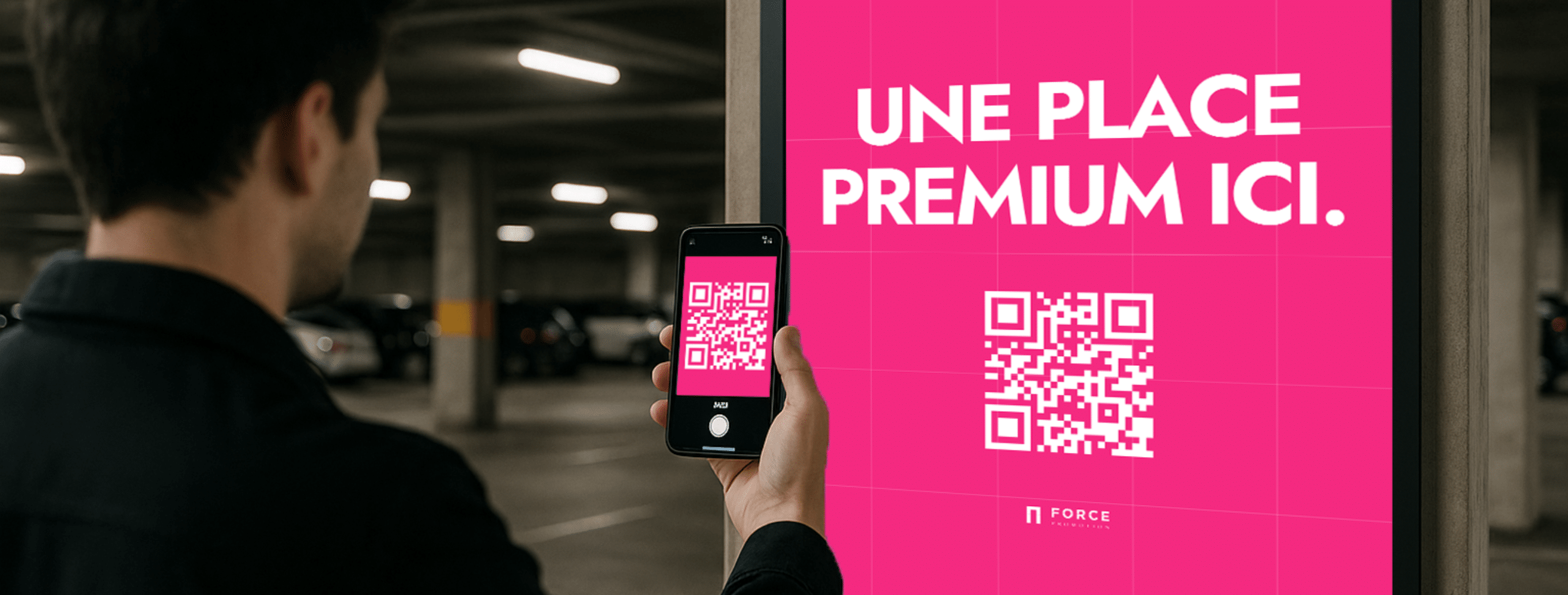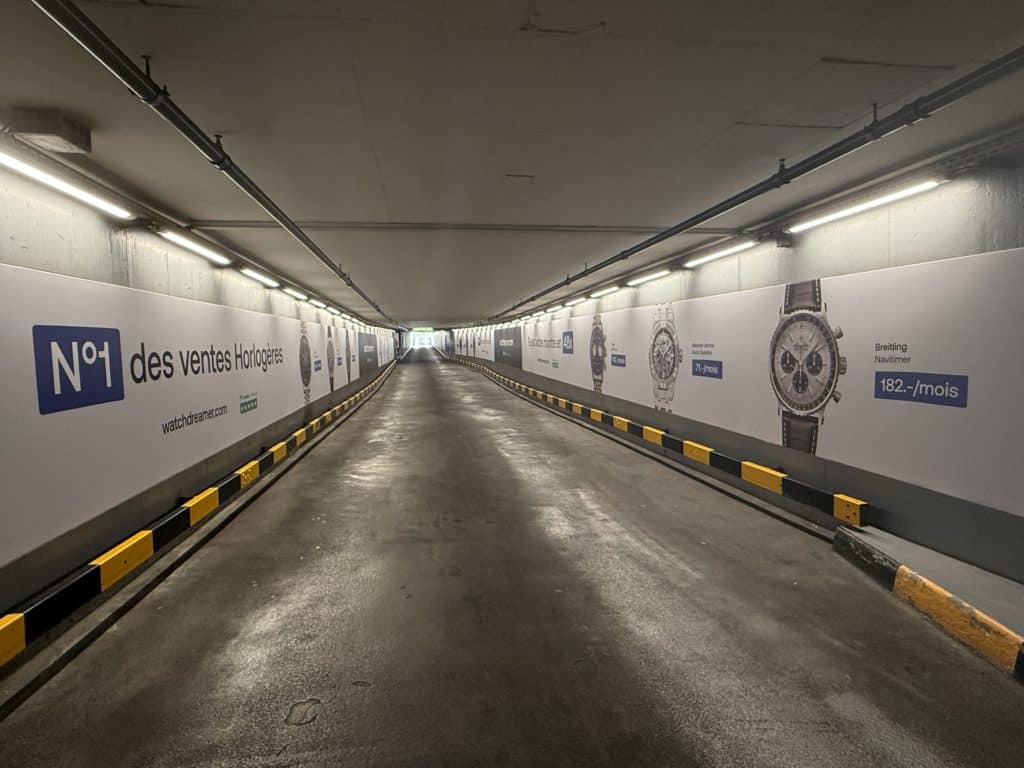When you invest in an OOH (Out Of Home) advertising campaign, you're obviously looking to maximise its visibility, recall and effectiveness. But one question often comes up: how do you measure the real impact of an OOH campaign?
This is a legitimate question for many advertisers. In a context where every Swiss franc invested has to demonstrate its profitability, evaluating the effectiveness of an OOH campaign is a key issue, although the measurement tools are not as immediate or standardised as in the digital world.
Here are the main indicators to look out for when assessing the impact of your OOH campaign in Geneva or elsewhere.
1. Measuring the reach of your OOH campaign
Before we even talk about concrete results, we need to look at the real visibility of your campaign.
This starts with an analysis of :
- The audience : how many people were potentially affected?
- Geographic coverage : was your campaign visible in strategic areas?
- Repeat rate : how many times has the same person seen your message?
In Geneva, flow data (road traffic, pedestrians, urban mobility) can be used to model the audience for a billboard or poster network. The better the positioning of your media, the greater the reach.
Some operators also offer certified estimates or estimates based on third-party data to make the figures more reliable.
2. Assessing recall and awareness
An effective OOH campaign must do more than just attract attention: it must also make an impression, reinforce brand recognition and, ideally, change public perception of the brand.
How do you measure this?
- Post-campaign studies : These are surveys carried out among consumers, either online or in the field, often using representative panels. These studies show whether the campaign has been seen, understood and appreciated.
- Measurement of unaided and aided awareness : Respondents are asked to name, unaided (spontaneous) or with a list (assisted), the brands they remember or associate with a message or visual. This enables us to assess the effectiveness of the campaign in terms of recall.
- Brand image monitoring : Beyond simple recognition, some studies analyse whether the campaign has influenced the perception of the brand (e.g. more innovative, closer, more responsible, etc.). It is also possible to measure changes in the values associated with the brand before and after the campaign.
These indicators make it possible to go beyond mere visibility to assess the real imprint left by the campaign on the public's mind. By combining them intelligently, we obtain a more detailed view of the emotional and cognitive impact of an OOH campaign.
3. Analyse the effects on traffic (physical and digital)
Although OOH is an offline medium, its effects are often felt in the digital or physical world.
Here are the signals to look out for:
- Increase in shop traffic : particularly relevant for drive-to-store campaigns
- Peak searches on Google : around your brand or offer during the campaign period
- Visits to your website :
- A dedicated URL in a prominent place
- A discreet but easily accessible QR code
- A UTM hidden behind the URL or QR code for precise tracking
- Associated conversions : registrations, downloads, contact requests
With the right tools, you can link exposure to your campaign to concrete behaviours.
4. Observe the impact on social networks
Some OOH campaigns, through their creativity or location, can generate organic engagement on social networks.
What to look out for:
- The details your brand or your visual on Instagram, TikTok, LinkedIn...
- The stories or publications by passers-by photographing your campaign
- The echo among local influencersespecially if they come across your campaign in one of Geneva's landmarks
- Le overall impression around the campaign: admiration, humour, criticism, etc.
A striking visual in a well-chosen urban setting can sometimes generate more shares than a traditional online ad!
5. Calculate the return on investment (ROI)
The ROI of an OOH campaign is based on a different measurement approach to that of digital, but it can still be assessed in a reliable and relevant way.
Here are a few ways to assess it:
- Cost per useful contact : based on the actual audience exposed
- Cost per share : visit, call, registration... if you have set up a tracking system
- Comparison with average acquisition cost via other channels
- Analysis of the impact on your sales revenueyour sales or leads during the campaign period
The earlier you prepare your indicators, the more accurate the ROI measurement will be.
In a nutshell
A successful OOH campaign is more than just its design or location. It must be part of a measurable strategy. In Geneva, as elsewhere, it is now possible to track concrete indicators that go far beyond mere visibility.
By combining data from the field, digital tools and behavioural analysis, you can obtain a a complete overview of the performance of your campaigns.
At Force PromotionWe'll use our local knowledge to help you run your poster campaigns and advise you on how to measure their impact. Our local expertise means you can target your locations more effectively and optimise the impact of your campaigns.




